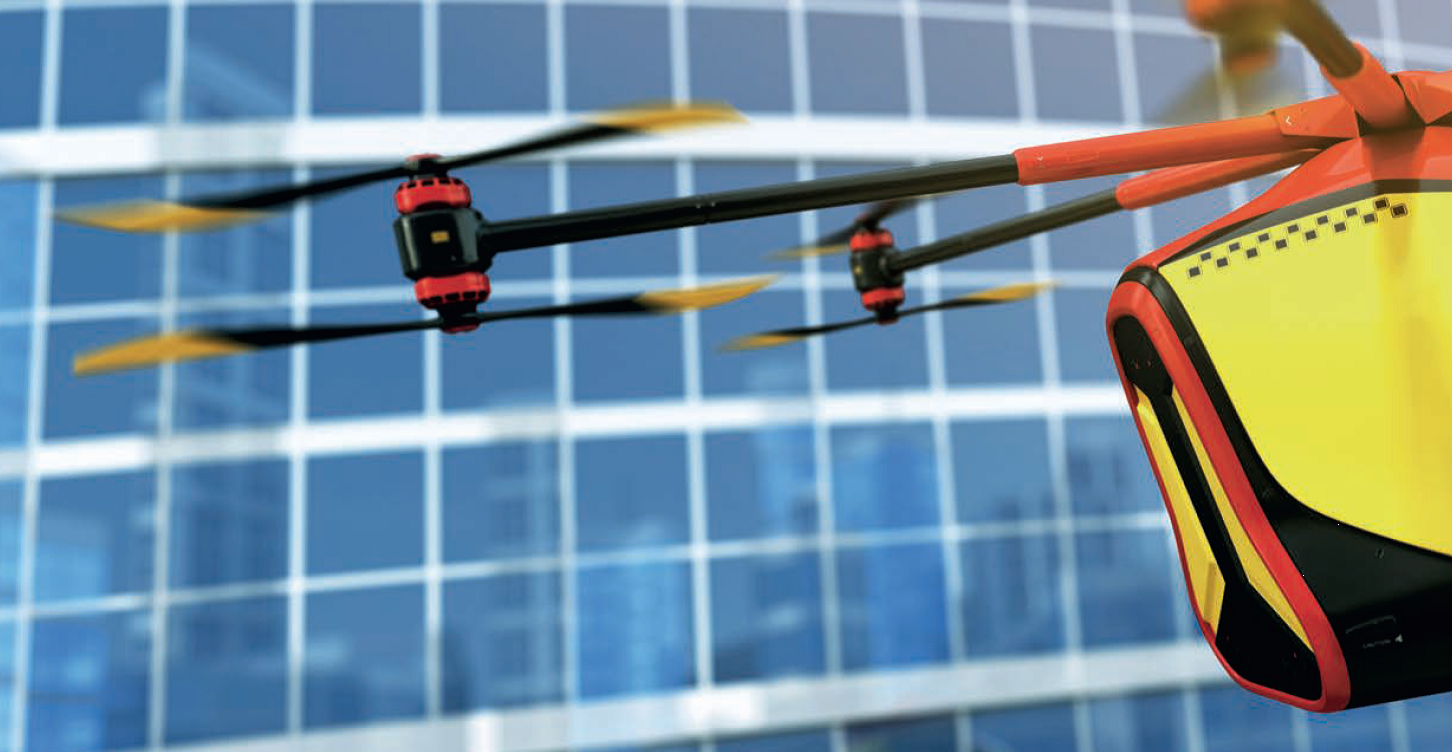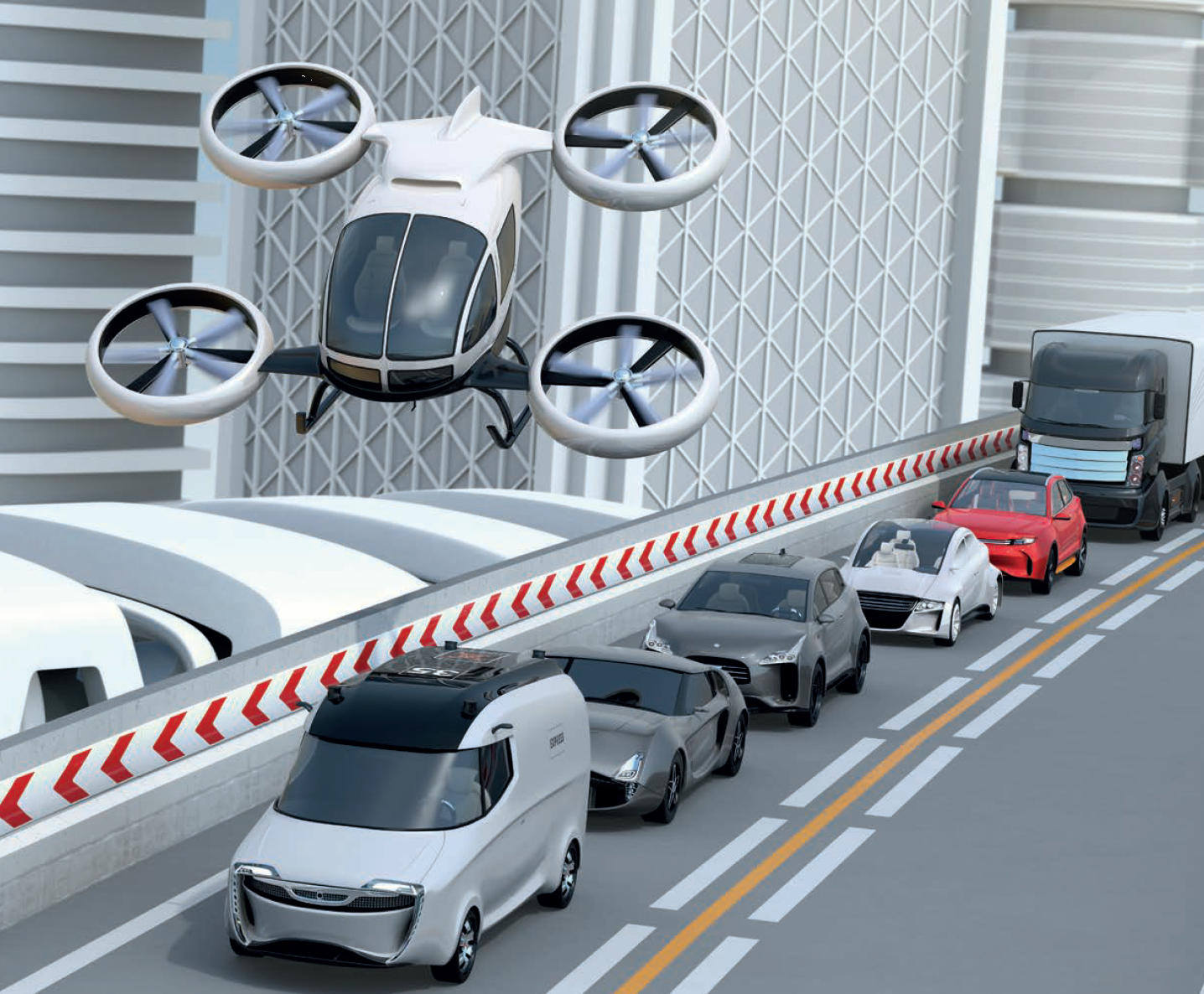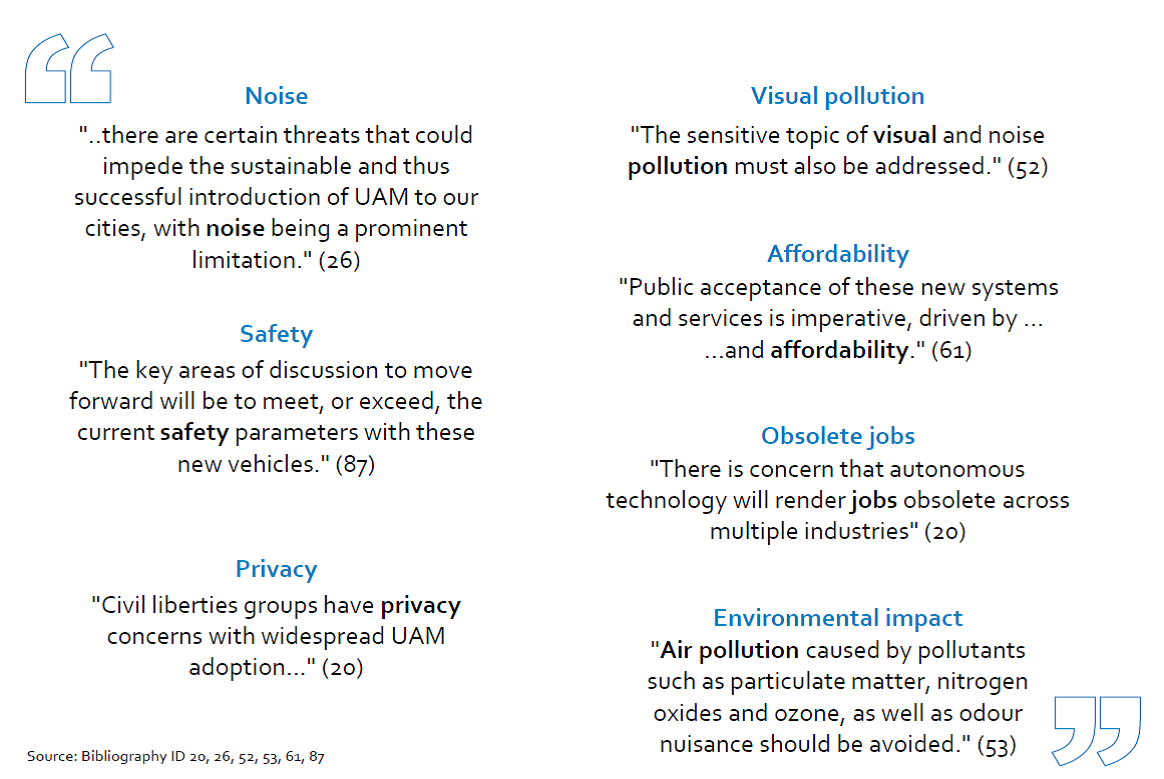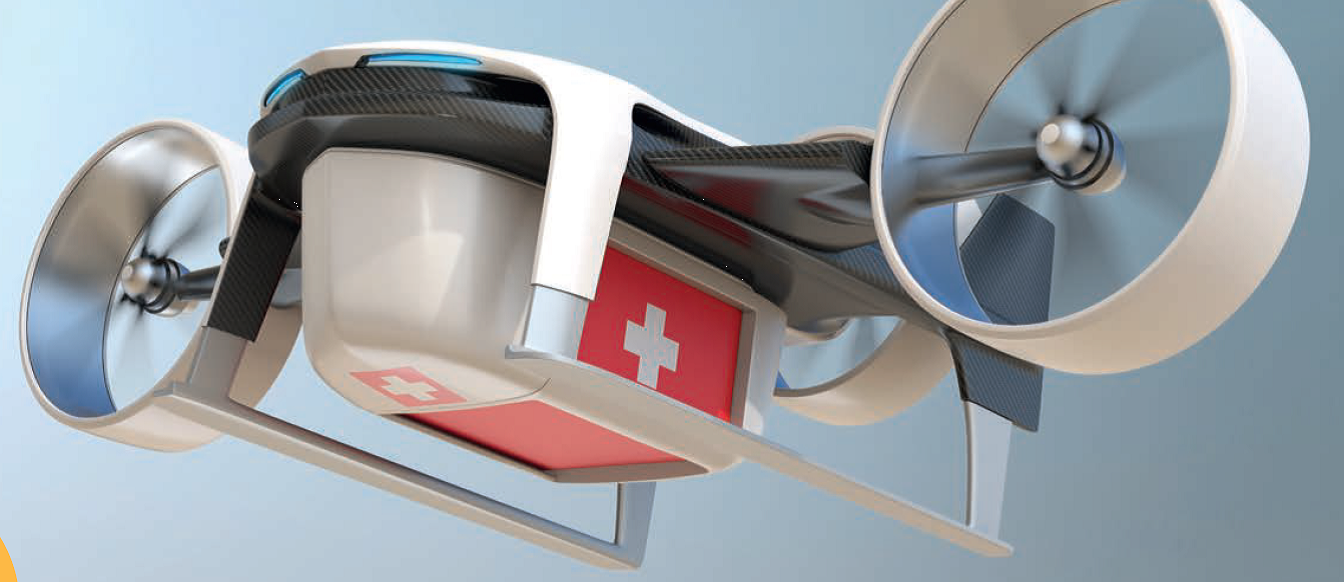


Urban Air Mobility (UAM) is a new mode of air transport of goods and passengers in urban environments, using electric aircraft taking off and landing vertically, with or without a pilot on board. First operations will be a reality 3 to 5 years from now.
While UAM projects and demonstrators are developing in Europe, EASA wants to anticipate this new mode of transport and provide an enabling comprehensive regulatory environment for the EU to become one of the first movers in this field at global level.
To this effect, EASA conducted in early 2021 a study to measure the societal acceptance by EU citizens of UAM operations.

The results of the first EU study on citizens’ acceptance of Urban Air Mobility revealed that there is strong support for use cases that are valuable to all, such as emergency or medical services.
EU citizens initially and spontaneously express a positive attitude toward and interest in UAM; it is seen as a new and attractive means of mobility and a majority is ready to try it out.
The notion of general/public interest is a determining factor for acceptance: use cases for the benefit of the community, such as medical or emergency transport or those connecting remote areas, are better supported than use cases satisfying individual/private needs.
Parameters like Improved response time in emergencies , reduction of traffic jams , reduction of local emissions , development of remote areas are the main concerns of europeans.
. However, when encouraged to reflect upon the concrete consequences of potential UAM operations in their city, EU citizens want to limit their own exposure to risks, in particular when related to safety, noise, security and environmental impact.

Safety concerns come first, but the study also shows that citizens seem to trust the current aviation safety levels and would be reassured if these levels were applied for UAM.
UAM is seen as a good option to improve the local environmental footprint, through reduced urban traffic congestion and better local air quality; but at the same time citizens express major concerns about UAM’s impact on wildlife.
Noise is the second main concern expressed; the study indicates that the level of annoyance varies with the familiarity of the sound, with familiar city sounds at the same decibel levels being better accepted; it also confirms that the distance, duration and repetition of the sound impacts its acceptance.

The results also demonstrate a limited trust in the security and cyber security of UAM, requiring threat-prevention measures.
The integration of UAM into the existing air and ground infrastructure must respect residents’ quality of life and the cultural heritage of old European cities.
Finally, local residents and authorities feel directly affected by the deployment of UAM and want to engage and play an active role in its implementation.
Source and Pictures : European Union Aviation Safety Agency (EASA).
